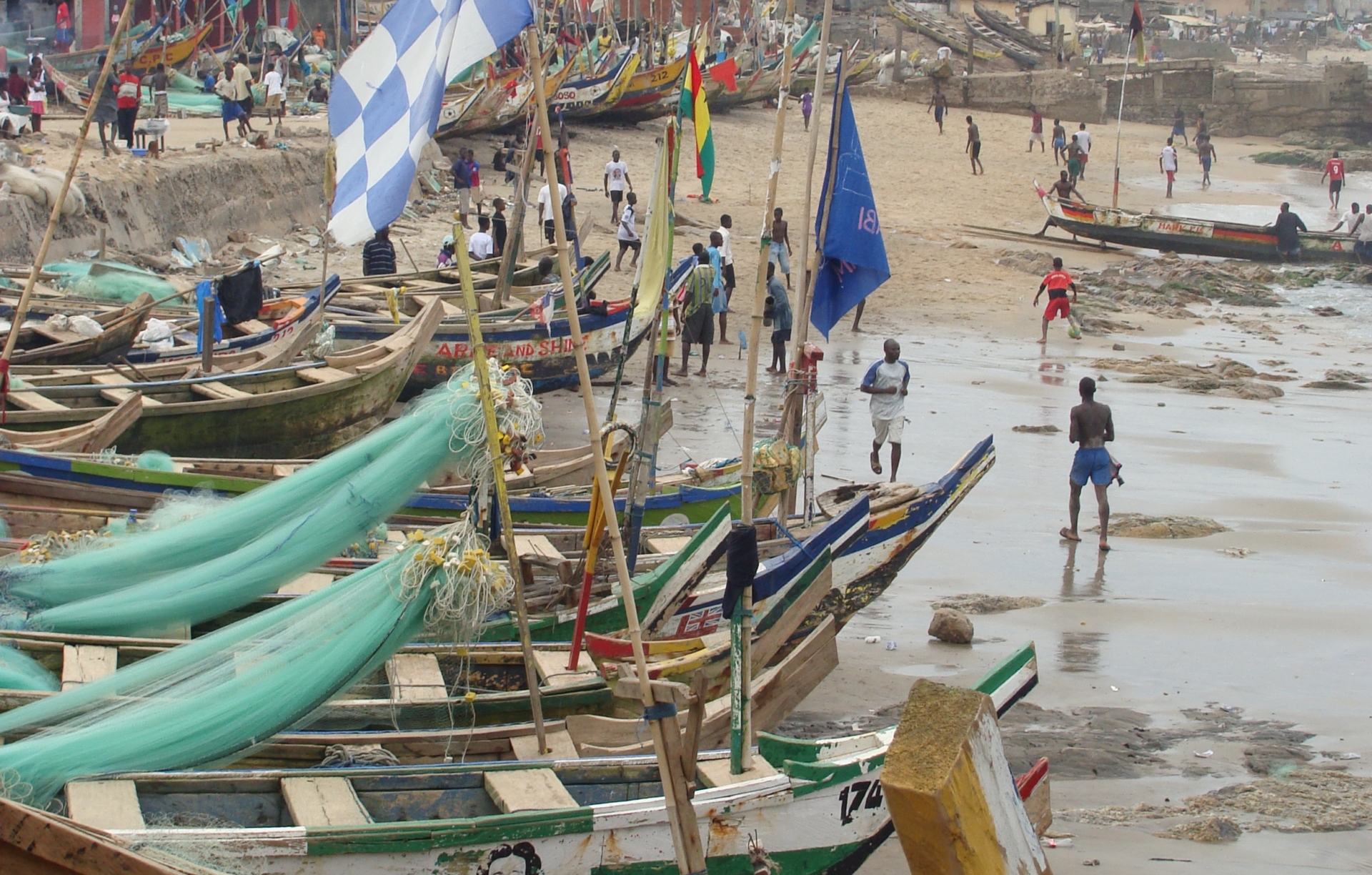How a USAID Program Is Protecting Fisheries in Ghana
 In Ghana, sustainable management of fisheries plays a crucial role not only in preserving the Ghanaian environment but also in reducing poverty. Ghana is situated in West Africa along the Atlantic coast and has significant poverty levels. As of 2023, 27% of Ghanaians live below the international poverty line and anticipated projections suggest that this figure may increase due to the economic crisis that began in 2022. Consequently, coastal communities have an escalating reliance on Ghanaian fisheries as fishing becomes a primary source of sustenance and employment.
In Ghana, sustainable management of fisheries plays a crucial role not only in preserving the Ghanaian environment but also in reducing poverty. Ghana is situated in West Africa along the Atlantic coast and has significant poverty levels. As of 2023, 27% of Ghanaians live below the international poverty line and anticipated projections suggest that this figure may increase due to the economic crisis that began in 2022. Consequently, coastal communities have an escalating reliance on Ghanaian fisheries as fishing becomes a primary source of sustenance and employment.
Given this scenario, initiatives like the Feed the Future Ghana Fisheries Recovery Activity (GFRA) are instrumental in sustainably combating poverty in Ghana while safeguarding the fisheries crucial to the livelihoods of many.
Sustainable Fisheries Management for Poverty Alleviation
The United States Agency for International Development (USAID) funds GFRA in partnership with the Ghanaian government. A five-year program launched in 2021 aims to mitigate the near collapse of Ghana’s small pelagic fisheries like sardines, mackerel and anchovies by establishing a foundation for their ecological recovery. Sustainably managing these fisheries and preventing overfishing is crucial for protecting marine ecosystem biodiversity. Similarly, maintaining a source of employment and food for coastal Ghanaian communities alleviates poverty.
Approach To Sustainable Fisheries Management
The USAID-funded program employs a diverse approach to sustainable fisheries management. Tetra Tech, an engineering and consulting firm, administers the program, which focuses on water, environmental conservation, sustainable infrastructure, renewable energy and international development. It adopts a multifaceted strategy in eco-friendly fishing management.
Since the program’s inception, one measure implemented has supported establishing a Marine Protected Zone (MPA) in Ghanaian waters. This zone restricts fishing activities within its boundaries and is slated for establishment by the Ghanaian government by 2025. Additionally, the Government of Ghana has committed to mandating the monitoring of all fishing vessels. They ensure compliance with regulations and preserve the health and sustainability of these fisheries.
USAID Bolsters Funding for Ghana Fisheries Program
Amid the declining state of Ghana’s economy since the initiation of GFRA, USAID has taken proactive measures by injecting an additional $6 million in 2023 into the program. This initiative indicates a significant 33% increase, elevating the program’s budget from $17.8 million to $23.8 million. The increased financing has gone toward joint projects with the Ghanaian government and projects meant to diversify the economies of coastal communities away from fishing.
These programs aim to lessen Ghanaians’ excessive reliance on coastal fishing for subsistence, focusing on empowering women and youth. This strategic shift aims to enhance fisheries’ health and bolsters these communities’ economic resilience in adversity.
Moreover, GFRA funding extends to bolstering Ghanaian partners involved in the project. It includes support for organizations like Hεn Mpoano, a Ghanaian nonprofit dedicated to coastal regulation. The Centre for Coastal Management – Africa Centre of Excellence in Coastal Resilience (CCM-ACECoR) established a partnership to support ecological recovery at the University of Cape Coast. These partners will be pivotal in spearheading training programs and conducting research essential to the project’s success.
Conclusion
Collaborating organizations from the United States (U.S.) and Ghana are actively pursuing the GFRA’s mission to safeguard Ghana’s fisheries. They are focused on sustaining local communities nutritionally and economically in the long term. As this program persists amid Ghana’s enduring economic challenges, anticipation builds regarding its transformative impact on its economy, poverty rates and environmental well-being.
– Lyle Seeligson
Photo: Wikimedia Commons
